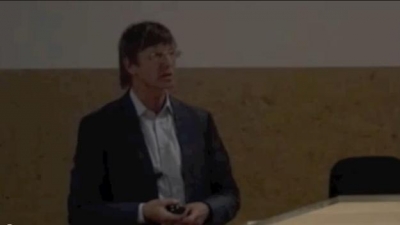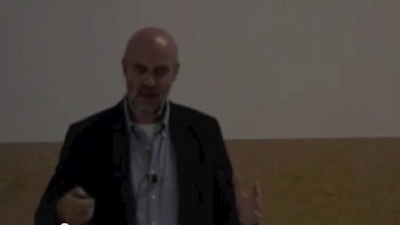Biomedical Imaging
Ultra High Field MRI
Historically, the magnetic fields strengths used in magnetic resonance imaging (MRI) have shown an almost linear increase over time, for preclinical as well as clinical systems. In the late eighties the first “clinical” 4T systems were introduced. Originally spectroscopy (metabolism) was positioned as the main application for these first generation high field systems, but BOLD based functional brain imaging, looking at the “brain at work”, became the most important application in the high field MRI community. Similarly, the recent introduction of even higher field systems (7 and 9.4T), is predominantly driven by the quest for better images for neurocognitive sciences. However, already new, less anticipated clinical applications of ultra-high field systems are being reported. Many of these new applications are related to brain imaging (the detection of new surrogate endpoints for cognition studies, detection of micro infarcts, demyeliniating cortical lesions, intracranial plaque formations). These applications will provide new insight in brain degeneration, one of the major challenges in a society with an increasing elderly population. Also applications for ultra-high resolution outside the brain (breast, prostate) may provide new insights as well, particularly for oncology applications. This will become important for early detection of disease and the control over new therapeutic approaches. Some of these new applications, their potential and limitations, will be discussed as well their future role in tissue characterization for image guided therapies.
Spreker
Over deze serie
Biomedical Imaging
Beelden worden steeds belangrijker bij medische diagnose en behandeling. Wat betekent dit voor de geneeskundige praktijk? Hoe moeten we scans en foto’s interpreteren? Symposium over de toekomst van de medische techniek.




